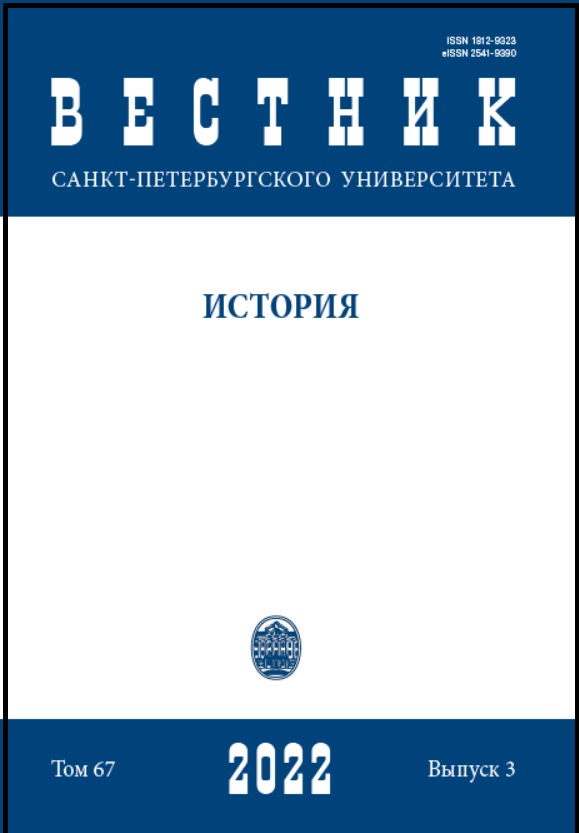Medical Geography and Civil Society in the Russian Empire
DOI:
https://doi.org/10.21638/spbu02.2022.320Abstract
In the intellectual construction of empires in the eighteenth and nineteenth centuries, one of the principal building blocks was medical geography. A discipline located at the boundary of medicine, ethnography, sociology, and geography, medical geography devoted itself to understanding the social and environmental factors that neo-Hippocratic medicine thought determined public health. Thanks to A History of Medicine and Medical Geography in the Russian Empire, co-written by a team of researchers under the direction of E. Vishlenkova and A. Renner, there exists for the first time a study of the role played by medical geography in the development of the Russian Empire. The book begins by discussing what it calls the infrastructure of Russian medico-geographic research: the top-level medical agencies, the system of Baltic maritime quarantines, the training and career paths of physicians, and the development of medical associations. Then it examines the findings of medico-geographic researchers, discussing the climate theories of early modern European medical thinkers and the development in Russia of the three principal forms of medico-geographic writing — statistics, mapmaking, and narrative “medico-topographical descriptions”. The final section offers a series of casestudies from spaces as diverse as Lithuania, the Kazakh steppe, the Arctic shipping route, and global voyages of the vessels of the imperial Russian navy. Systematically placing Russia in the comparative framework of European empires and alternating in its perspective between St Petersburg and distant frontiers, the book explores how medical geography and its practitioners connected Russia with Europe and helped simultaneously to form the imperial state, the Russian nation, and a nascent civil society.
Keywords:
medical geography, empire, civil society, medical profession, frontiers, statistics, mapmaking, public health
Downloads
References
References
Downloads
Published
How to Cite
Issue
Section
License
Articles of "Vestnik of Saint Petersburg University. History" are open access distributed under the terms of the License Agreement with Saint Petersburg State University, which permits to the authors unrestricted distribution and self-archiving free of charge.





